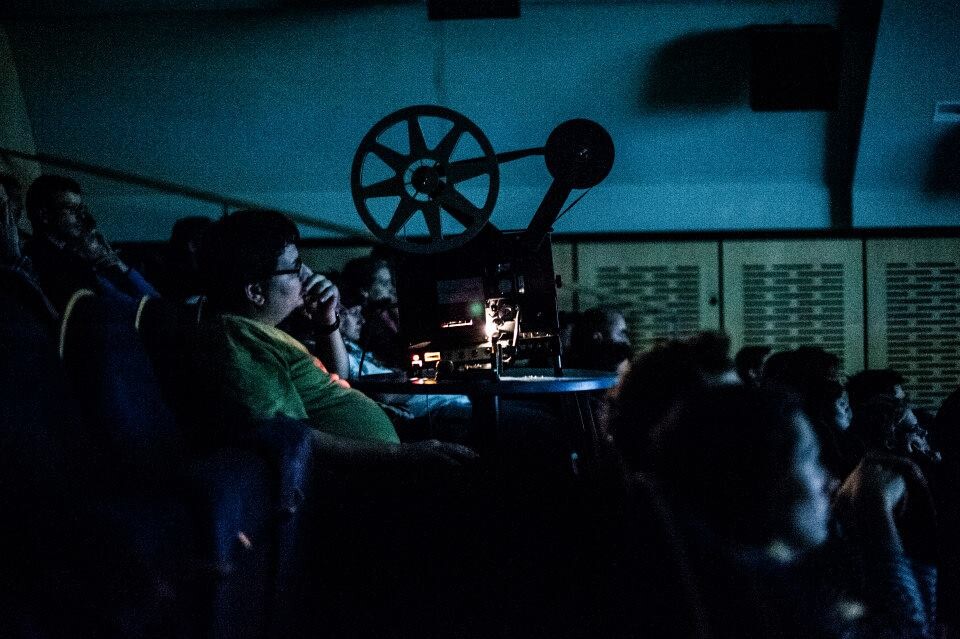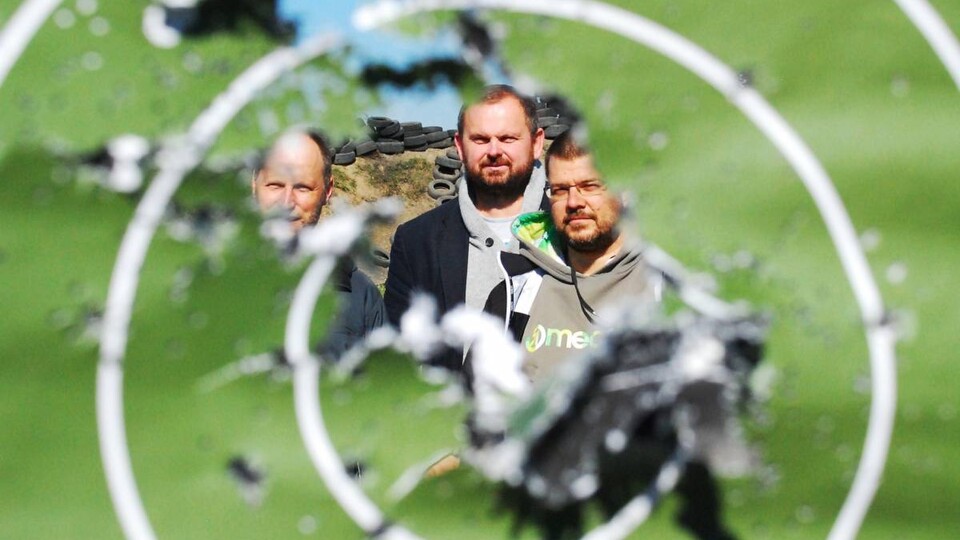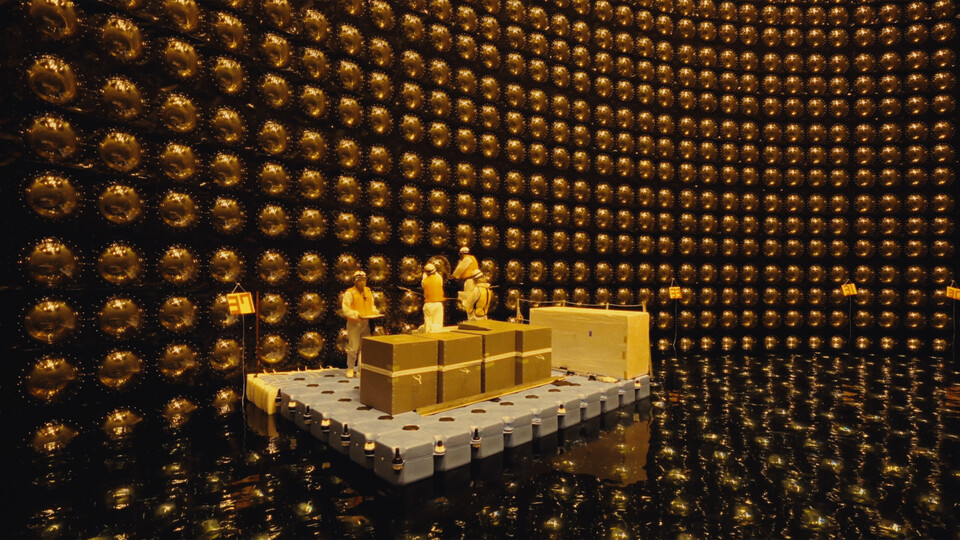Documentary film and the novel
Between simple record and work of art there lies a path that determines its meaning. Often, a work’s visuals elevate its innate quality, which we variously attempt to label, here as essence, there as punctum. It is what allows an ordinary reportage, a factual scientific film, or random footage stored on Youtube.com to enter into a higher reality of existence. A fragment of recorded reality is suddenly set apart, and we feel that it not only shows us but also enchants us – that it opens itself up and tells a story. Among other factors, it is undoubtedly also influenced by cultural and social rules – forces that, though they change over time and are hidden within the record of reality, the filmmaker must be constantly aware of. Just to be sure, I would like to emphasize that I am not talking merely of the skilful use of cinematic tools, since this would sound as if I were talking of craft; what I am interested in is a certain sensitivity for the material.
Documentary film, however, involves more than fixing the essence of reality within a record thereof. Of fundamental importance for a documentary – together with unintentionality (unexpected situations or random symbols) and intentionality (conscious structure) – is the extent to which the testimony (filmmaker) and secondary testimony (the people in the film) is truthful or trustworthy. The message must not be indifferent and unbounded; the important thing is precision and consistency. One foundation of documentary film is social engagement. This involves the present, but also our approach to history and to working with memory, since these are conditioned by contemporary ways of seeing. All texts are historically determined and read; history is a self-contained labyrinth through which people in the present must find their way.
I have consciously made a connection between the nearly inexpressible potential contained within images of reality and the non-surprising statement that the important thing for a documentary is the message, which is determined primarily by the contemporary viewer. In spite of this simplification, I would like to point out one reason why the absolute majority of Czech documentaries that describe the present and the past (including those with an ineluctable viewpoint) will be forgotten. I must further argue that the autotelic faith in the moving image often found in experimental film (and in advertising) results in nothing more than exercises in style. Czech documentarians record and interpret the present without considering the intrinsic power of their work. And then there is a small group of filmmakers who are aware of the potential that images of reality can have, who learn to work with it, but who do not focus on the film’s contents, for style is more important to them than having an opinion.
Certainly, each year several films are made to which this offhand division does not apply. But let us not be deceived by this year’s collection from Czech Joy: it expresses the endeavours of domestic filmmaking, but does not represent the state in which the Czech documentary finds itself as a whole. Many of the films in competition at the Jihlava festival have a power emanating from their combination of the inherent quality of the moving image with a sharp social or political focus. With just a few exceptions, however, these are not great works; they are not novels, but films that look at one subject from the present or the past; movies based on an idea or concept and a few situations; portraits that only partially capture the diverse layers of social affairs. This is neither reproach nor deprecation; it is merely a reminder that Czech documentary film, long drowning in lyricism, miniature and ornament (as much as it was the era’s counterweight to propaganda), has only rarely attempted to produce a more holistic, dense, and structured form.
Czech documentary has long been short on films that could be likened to a novel. Working with the triad of thesis-antithesis-synthesis, Milan Kundera (in The Art of the Novel) saw the pinnacle of Vladislav Vančura’s work as an example of synthesis in which the author, having adopted the revolutionary contributions of the avant-garde, renewed the classical concept of the epic. Put simply, an artist must not rest after he has mastered the language, so that his work will not remain at a level where, though it is not marginal, it is not significant either. In L’Art du roman, Kundera defends the novel as an art form that arose out of the spirit of Europe. In his view, the novel is born out of laughter (we here remind the reader that the only Czech author of documentary novels often talks about laughter), uncertainty and ambiguity, since the novel is a “realm where no one owns the truth.” If we are going to continue with this description of the novel, then we must also include self-criticism and semantic clarity, occasionally irony. The world of the novel is a dialogue of worldviews. Its extensiveness enables development; it represents transformation, a layering of texts, clashing and conflict. Czech documentarians should resolve to create films that present an appropriately broad picture of the present, containing complex, diverse storylines; to work with wide-open subjects ranging from meditations upon social issues to specific life details, subjects that present contemporary ideas across all social classes; to create films that bring together the lives of several persons who cannot be bound by the pigeonholes of conventional thinking because only in a counterpoint of opinions and relationships can they be representative for the state of Czech society. It is not an easy task, but it is worth it.



